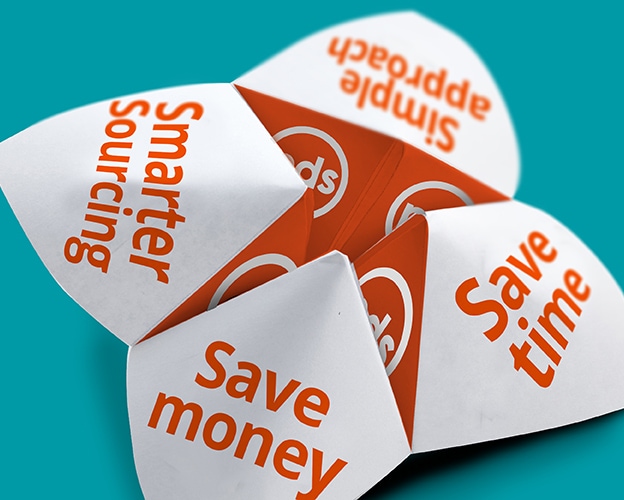Your recipe for seasonal gifting success
Create, Source, Store, Fulfil, Enhance | Insight
We understand that seasonal gifting is more than just a tradition; it’s an opportunity to show your appreciation and spread…
Read More
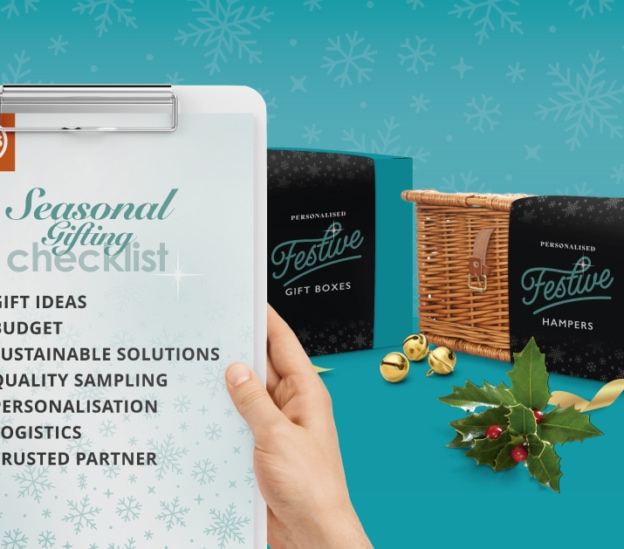
Welcome to our content hub, your one-stop destination for valuable insights, practical guides, informative whitepapers, engaging e-books, and a wide range of other useful resources. Our aim is to compile a collection of content that covers a diverse range of topics, all aimed at providing you with the knowledge and tools you need to succeed in your business. Whether you’re looking for in-depth analysis, expert advice, or simply some inspiration, our Content Hub has something for everyone. So dive in and explore.
Create, Source, Store, Fulfil, Enhance | Insight
We understand that seasonal gifting is more than just a tradition; it’s an opportunity to show your appreciation and spread…
Read More

Create, Source, Store, Fulfil, Enhance | Insight
We explore some of the alternative types of hampers and the most popular choices of gifts to go inside them.
Read More

Source, Store, Fulfil, Enhance | Guide
As technology develops in sophistication and accessibility, creative ways of bringing your brand to life are booming. Careful consideration should…
Read More
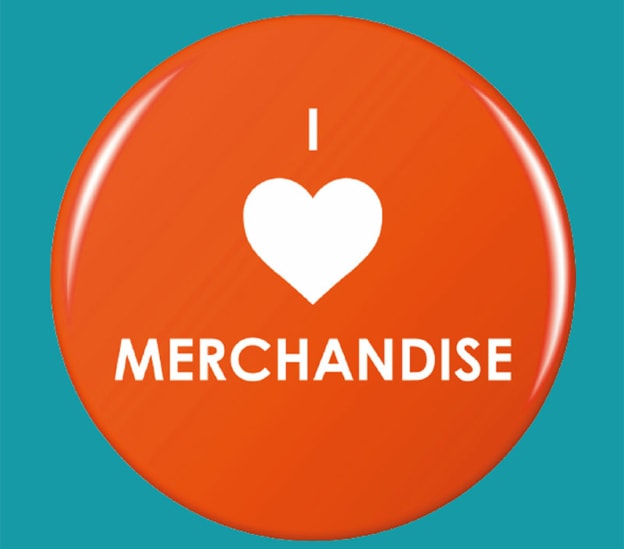
Create | Guide
Following our tried and tested formula for writing a creative brief could help you to communicate more clearly, enabling your…
Read More
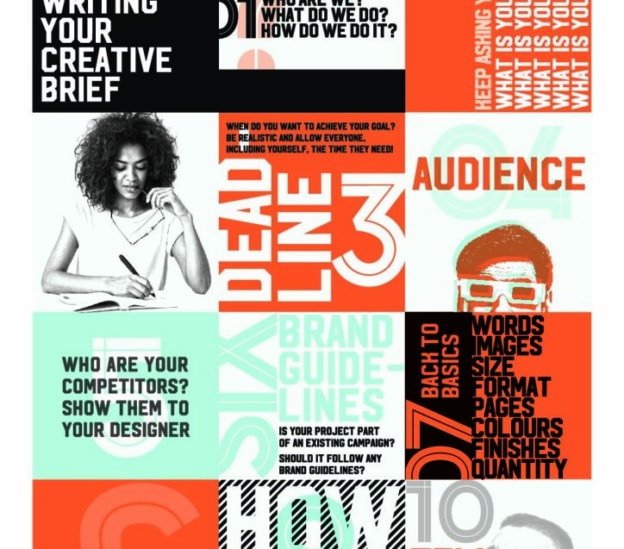
Create | Insight
In the world of web design, everybody talks about user experience (UX) and how vital it is to promote customer…
Read More
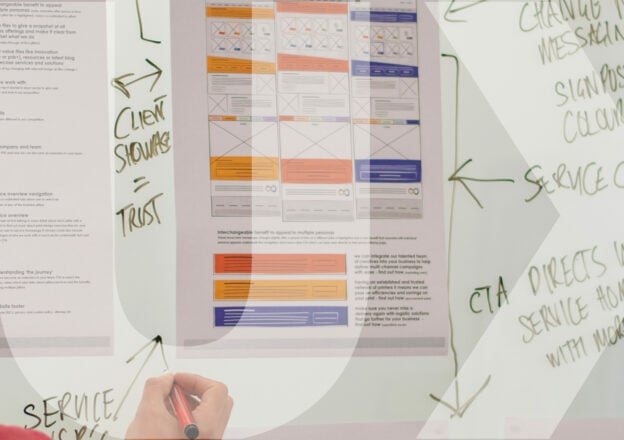
Create | Insight
While this may seem like a big and perhaps even daunting change, there’s no need to panic. With a proactive…
Read More
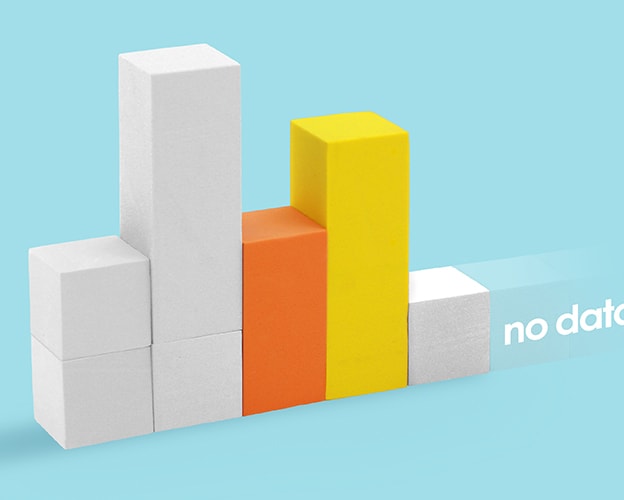
Source | Insight
Misconceptions and myths around the paper and print sectors can prove hard to shift. Our blog explores the truth behind…
Read More
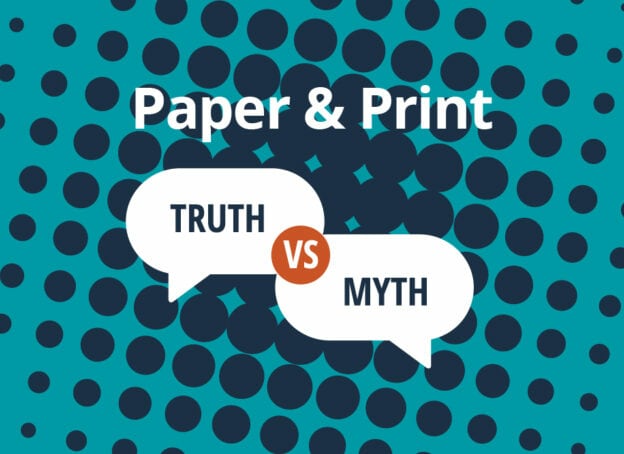
Create | Ebook
Maximise the potential of your website Drawing from our extensive expertise in web design projects, we’ve compiled a set of…
Read More
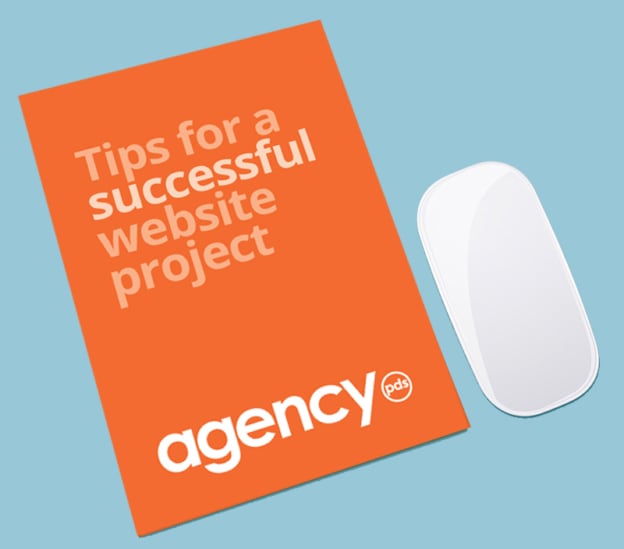
Source | Insight
Will you adopt a new mindset, write a new chapter, or stick with the same old story? When sourcing and…
Read More
